Let’s be honest. Note taking isn’t the most exciting activity in the world. And in a healthcare setting, writing down a patient’s information while you’re caring for them can be time-consuming and distracting.
Why is note taking such a challenge? You may be taking the wrong type of notes.
Nonstandard note formats unnecessarily complicate your note-taking process. For instance, nonstandard formats often increase charting time because you have to constantly recheck where specific information goes.
In contrast, a standard, user-friendly note format can reduce your charting time and allow you to easily organize your patient information. Let’s examine one popular note format — SOAP — and see how you can use it to write better notes.
Easily organize your patients’ information with SOAP notes
SOAP is an acronym for a system of organizing patient information. The acronym lays out how you organize your notes for a patient, starting with subjective data, then objective data, your assessment, and the plan for the patient. By using this system for your notes, you’ll be able to collect the necessary data to provide great care.
How do you fill out each section of the SOAP format?
S stands for subjective data: The information you get from patients
Subjective information consists of everything a patient tells you, including their symptoms and family history. To write an effective subjective information note, you have to include all important details — but still stay on topic. Here are some quick tips for keeping that balance:
- Be concise. You don’t need to write down what your patient says verbatim. Instead, use a few words that accurately describe the problem and the relevant details.
- Stay on topic. Patients may get off track or add information that doesn’t relate to their current problem. You need to be selective about what you include in your notes.
- Put different medical problems in separate sections. If your patient wants to discuss multiple issues, separating the issues in your notes can help you keep track of each one.
Subjective information is the starting point for any healthcare visit. Now that you have a better understanding of the problem, it’s time to see what you can learn from the medical side of things.
O stands for objective information: What you can measure from a test
Objective information is what you can observe and learn through an objective examination or test. It includes physical examinations, lab results, vital signs, and other test results. The main goal for this section is to be as accurate and detailed as possible. To do that, you need to
- Take note of every test you order and run. You should even include inconclusive tests.
- Write down exact numbers and details.
After you conduct examinations and run tests, you likely have an idea what the problem is. So what do you do next? Write down your diagnosis in the assessment part of your note.
A stands for assessment: What you think the patient has
The assessment is your diagnosis for the patient. This section can be tricky, as you may not be able to give a definitive diagnosis without further tests. What can you do to fill out this part of your note accurately?
- If a patient has multiple problems, organize your diagnoses. Don’t forget to include the less important issues your patient has.
- Write down possible diagnoses if you can’t confirm one. If you need more evidence to confirm a diagnosis, write down the plausible diagnosis or diagnoses.
Whether a patient needs more tests or receives a conclusive diagnosis, there’s going to be something they need to do next. It’s time to lay out your plan for the patient.
P stands for plan: What should the patient do next?
The plan is what your patient needs to do. This could be seeing a specialist, getting more tests, or following a specific treatment plan. No matter what the plan is, there are some basic things you can do to help your patient succeed:
- Do your part in following the plan. For instance, you may need to order more tests or prescribe a medication.
- Update the plan as the situation progresses. As you receive the results of tests and treatments, your plan for the patient may change. Make sure to update your note accordingly.
Once you’ve finished jotting down your patient’s plan, your SOAP note is complete. By using SOAP notes to chart your patients’ conditions, you’ll keep your patient information organized and easily accessible.
Are you taking notes?
Note taking isn’t fun, but using the right format can make it easy to compile and find the information you need. Following the SOAP system for organizing your notes helps you create informative notes and provide exceptional patient care.
At Jotform, we can help you create your SOAP notes online. Our HIPAA-friendly online forms automatically make your SOAP notes HIPAA-friendly while still allowing you the flexibility of online note taking.










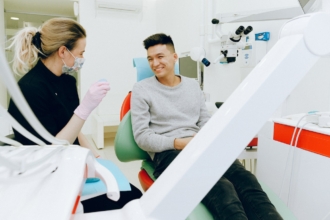






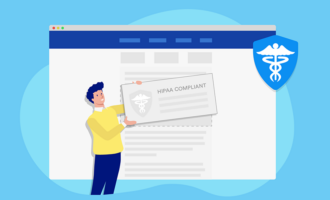






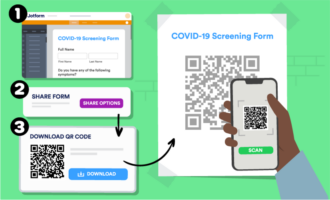






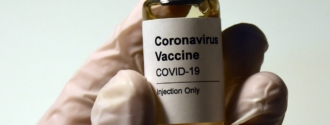









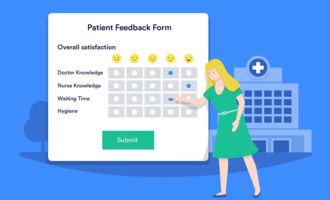












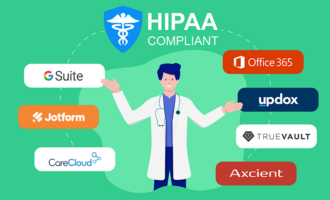

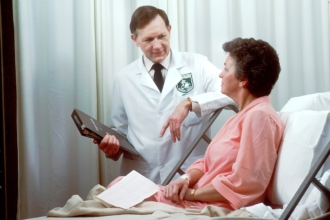
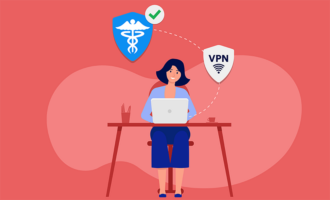

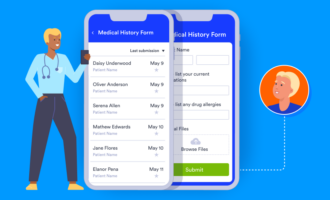

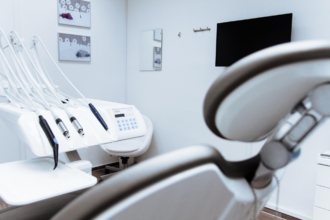


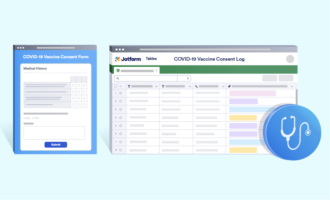














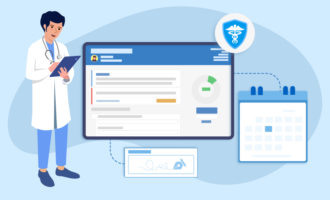
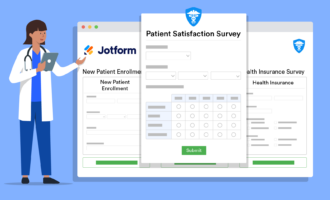

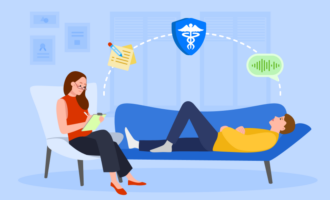

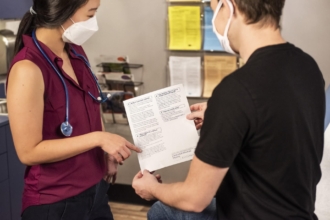







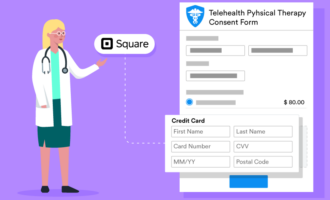
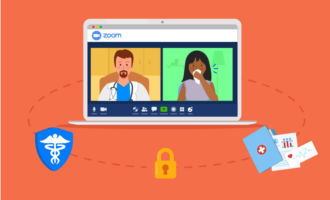
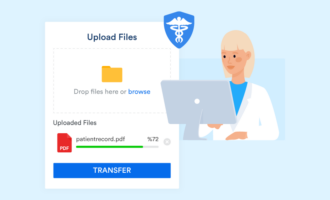
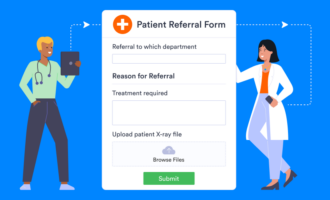








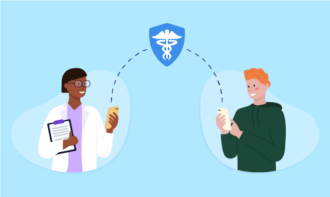
Send Comment: